Most of us often look at the macros like carbs, protein, fats and completely overlook the micronutrients like vitamins, macrominerals, and trace minerals when it comes to nutrition. These micronutrients are equally vital for the healthy functioning of our body. We have already covered quite a few micronutrients such as vitamin C, biotin, and foods to help with better eyesight, skin, and hair. In this article, we are going to cover foods that are rich in iron.
What Is Iron? [Explained!]
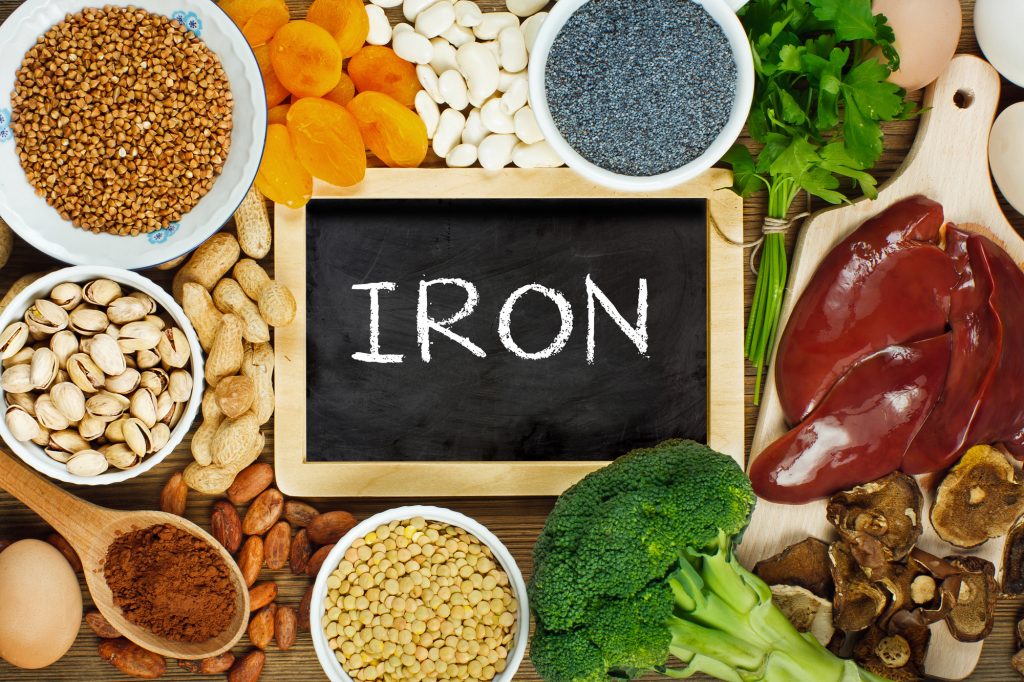
Iron is a mineral that serves multiple functions in the body; the most important one is its ability to carry oxygen from the lungs to other parts of the body, which also gives the blood its characteristic red color. On average, we should have around 18mg of iron a day, and if the body does not get enough of it, then the amount of red blood cells in the bloodstream reduces, causing fatigue and anemia. Two types of iron are absorbed into the body; heme and non-heme. Heme iron is from hemoglobin, so this encompasses all red meat where the animal or fish already has hemoglobin. Most non-heme iron is from plants. Comparing the two, heme iron is the one that gets easily absorbed by the body.
Best Foods That Are Rich In Iron!
Dark Chocolate: Starting with my favorite, dark chocolate contains 3.4mg of iron per 28-gram serving and is also said to have more antioxidant activity than juices made from blueberries and acai berries. In addition to iron, you also get prebiotic fiber which helps the growth of friendly bacteria in your gut. Now before you run off happily to the supermarket and buy a bunch of Dairy Milk in the name of getting more iron, remember the keywords “Dark Chocolate.” Anything above 70% cocoa is good, but some of you might find it a little too bitter. I do have it occasionally, but on days when I don’t want to taste the bitterness, I melt it into my soymilk to get a nice hot chocolate drink.
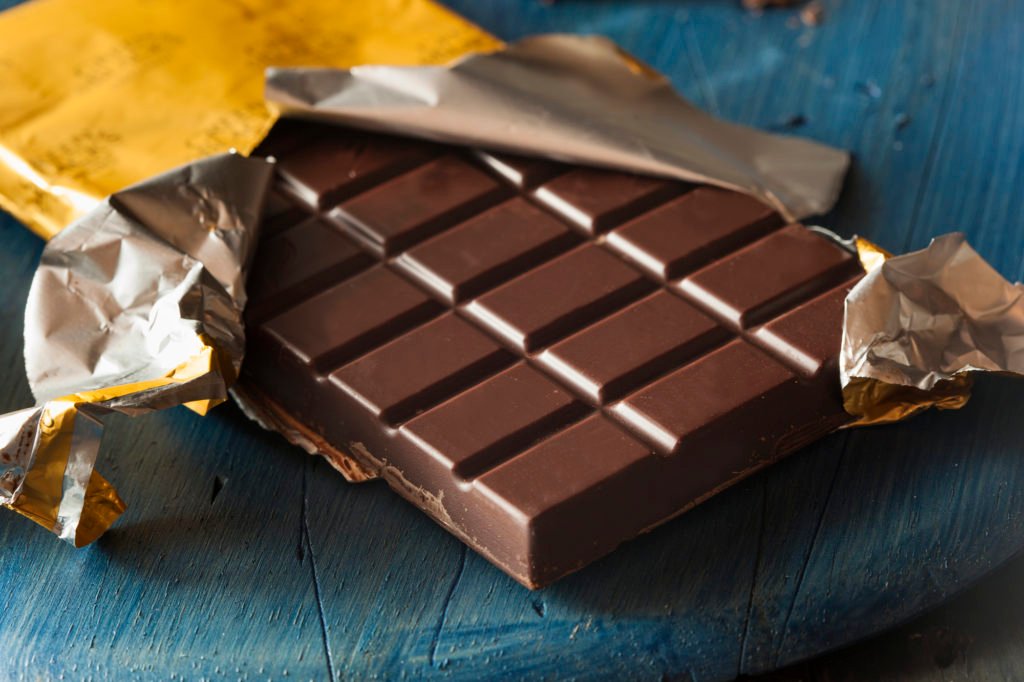
Spinach: Now, as soon as I say Spinach, most of you millennials will think of Popeye. But while you may not get superhuman strength, you will get 2.7mg of iron per 100 gram. Even though it falls under a non-heme iron source, Spinach contains a high amount of vitamins, which boosts iron absorption. Other than that, Spinach is also rich in antioxidants and other essential nutrients, so whether you want to bump up your iron intake or not, adding Spinach to your everyday diet will help in maintaining a healthier body. Now the foods you can add it in will depend on how much you like or dislike Spinach. If you love the taste, then go for dishes like palak paneer or palak chicken, or you can make omelets with chopped Spinach mixed in if you want it to be subtle.
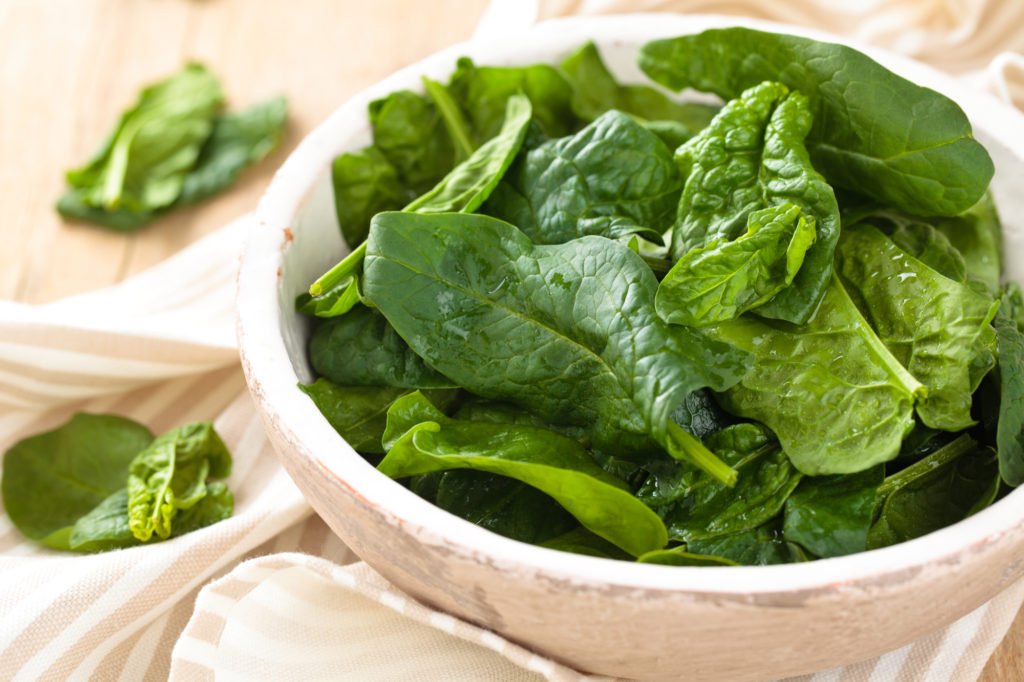
Quinoa: Another favorite of mine is quinoa; It has only 1.4mg of iron per 85gms, but since it’s high in protein and folate, magnesium, copper, manganese, and many other nutrients, I try to add it into my meals. It also has a high amount of antioxidants which helps in protecting the cells from free radicals. Since it also does not have an overpowering taste, it can be added to a number of dishes all the way from quinoa salad to replacement for rice-based dishes. I would especially recommend this if you are looking to lose weight as compared to other grains quinoa has very few amounts of calories. I love adding cooked quinoa to my highly nutritious Buddha bowls.
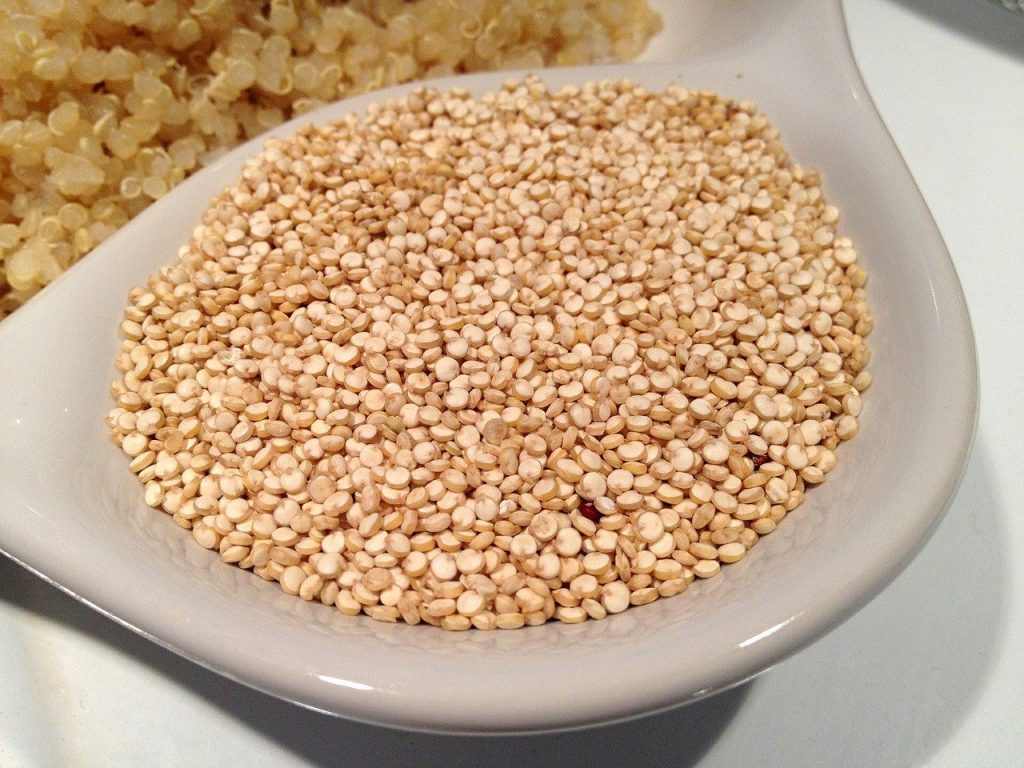
Legumes: Staying with non-heme sources of iron, legumes in general like beans, lentils, chickpeas, peas, and soybeans have around 3.3mg of iron per 100 grams, so if you are vegetarian, there is a high chance that you are already eating these iron-rich foods. Legumes reduce inflammation in people with diabetes and can also decrease heart disease risk. My favorite dishes when it comes to legumes are my go-to comfort dishes like rajma masala, dal tadka, and coconut chickpea curry. If you want to maximize the iron absorption, I recommend adding to the dish ingredients with high amounts of vitamin C, such as tomatoes, greens, or citrus fruits.
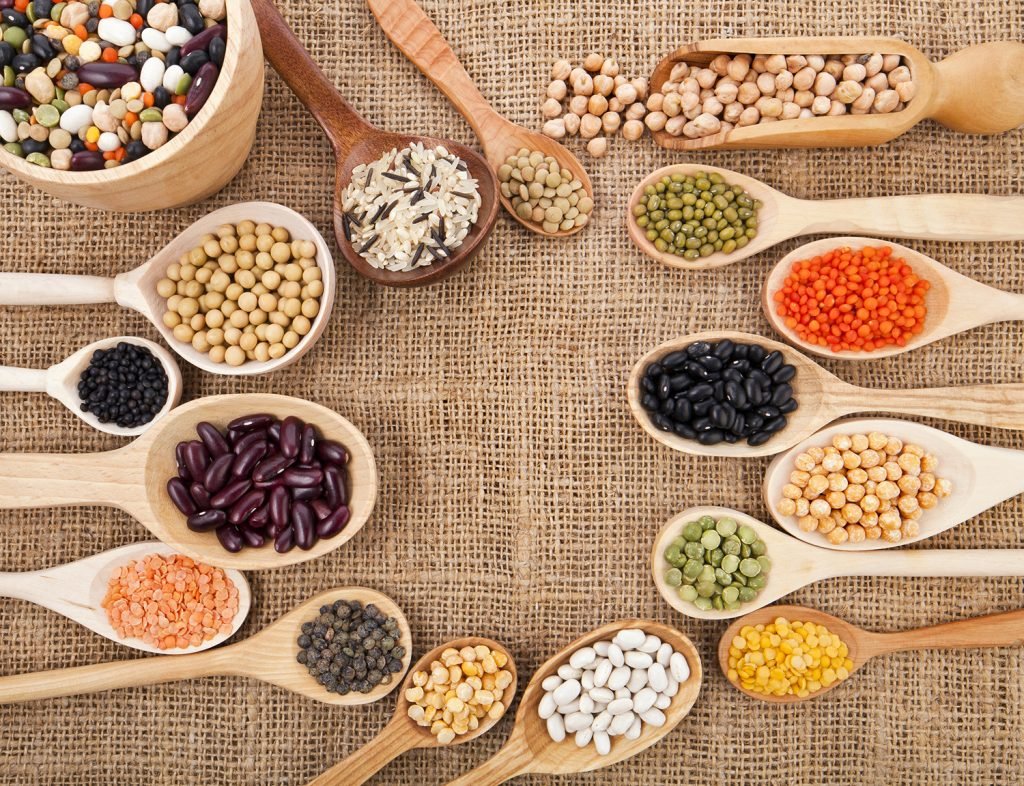
Tofu: Apart from legumes, tofu has 3.4mg of iron per 128gm, and being soy-based, it is one of the most popular ingredients for vegetarian dishes, especially in Asian cuisine. Tofu is also a good source of protein and other minerals such as calcium, magnesium, and selenium. Tofu is very versatile when it comes to cooking as it can be cut into small cubes or crumbled depending on the dish that is being made. For me, my favorite dishes when it comes to tofu are the honey garlic tofu and Thai green curry with lots of fresh veggies and tofu cubes.
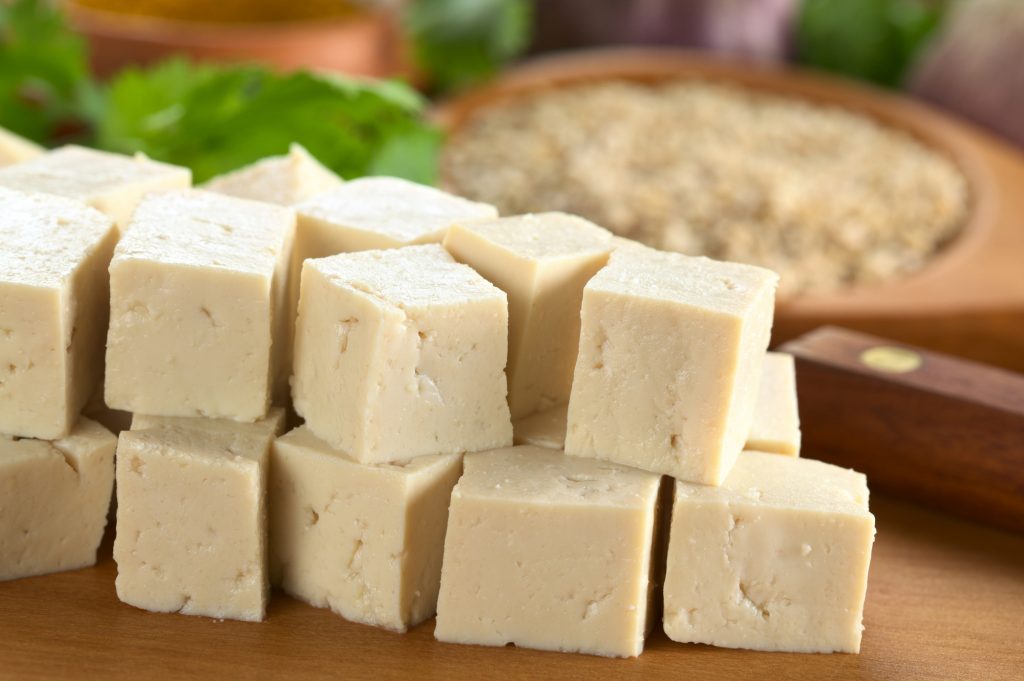
Pumpkin Seeds: If you are looking to up your iron intake but don’t want to prepare a full-fledged dish, the simplest way of getting your daily dose is pumpkin seeds. They have around 2.5mg of iron per 28gm, so even if you snack a little, you will get a good intake of iron. Not only is it high in iron, but it also has vitamin K, zinc, and manganese. If you don’t like plain roasted pumpkin seeds, you can go ahead and roast them with different seasonings from the spice rack to get a variety of flavors that you’ll not get bored with. If you don’t like roasted pumpkin seeds on their own, you can top your salads with them or blend them into sauces as they don’t have a very distinct or overpowering flavor. The only annoying thing for me when it comes to roasting the pumpkin seeds is the seeds’ actual cleaning to ensure that there is no skin left on top that may hinder the roasting process and prevent it from being crispy.
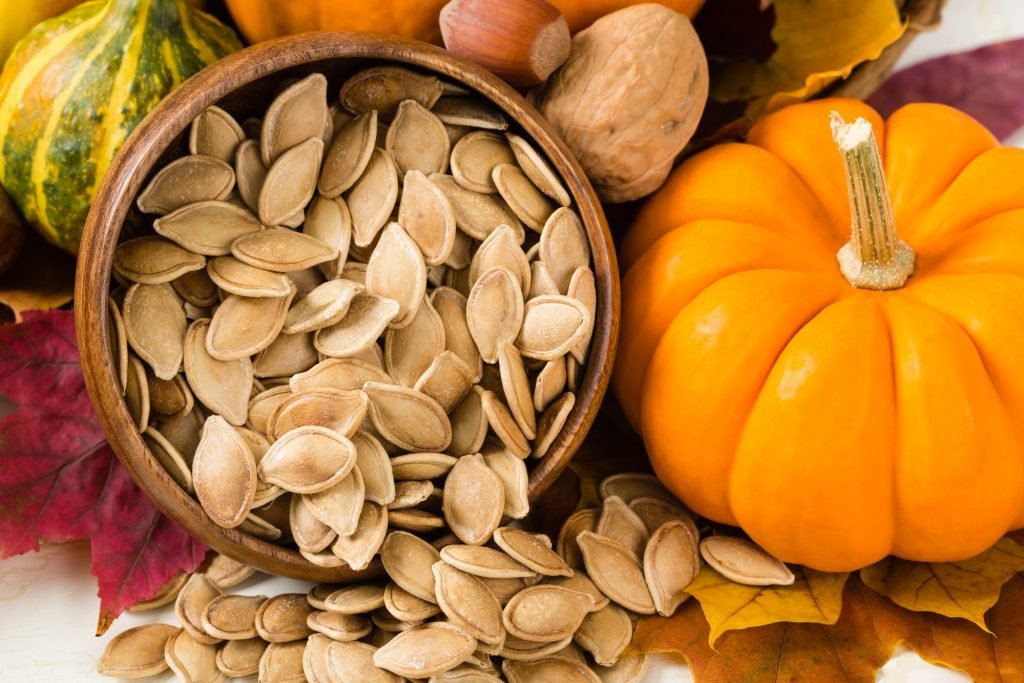
Dried Fruits: If you tried pumpkin seeds and didn’t like them or don’t want to even sit and roast them, then the next best option would be dried fruits. Fruits by themselves have iron content, and the drying process only makes them much more concentrated. Dried fruits are great as stand-alone snacks between meals and being dried fruits; they last a really long time if stored properly. I like to add dates and apricots to my smoothies and dried raisins, along with pumpkin seeds to my salads, as it gives a burst of flavor and adds different textures to otherwise boring salads.
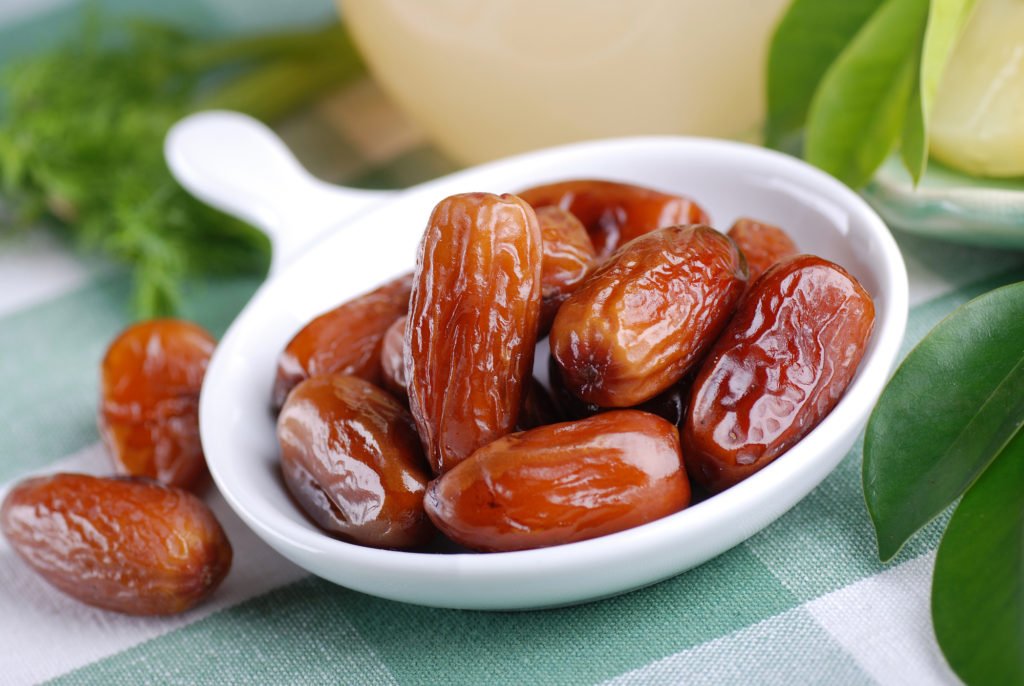
Red Meat: When it comes to meat, generally, all types of meat contain iron, but red meat has the highest iron content, such as ground beef which has 3.7mg of iron per 100gm of beef. You also have to take into account that the iron variant is of the heme iron, so it gets absorbed by the body much more quickly and easier than the ones from plants. This is probably why studies have shown that people who eat meat are less prone to be anemic compared to those who don’t. When it comes to red meat, my favorite dishes are always a medium-rare beef steak and mushroom sauce with mashed potatoes and grilled veggies on the side.
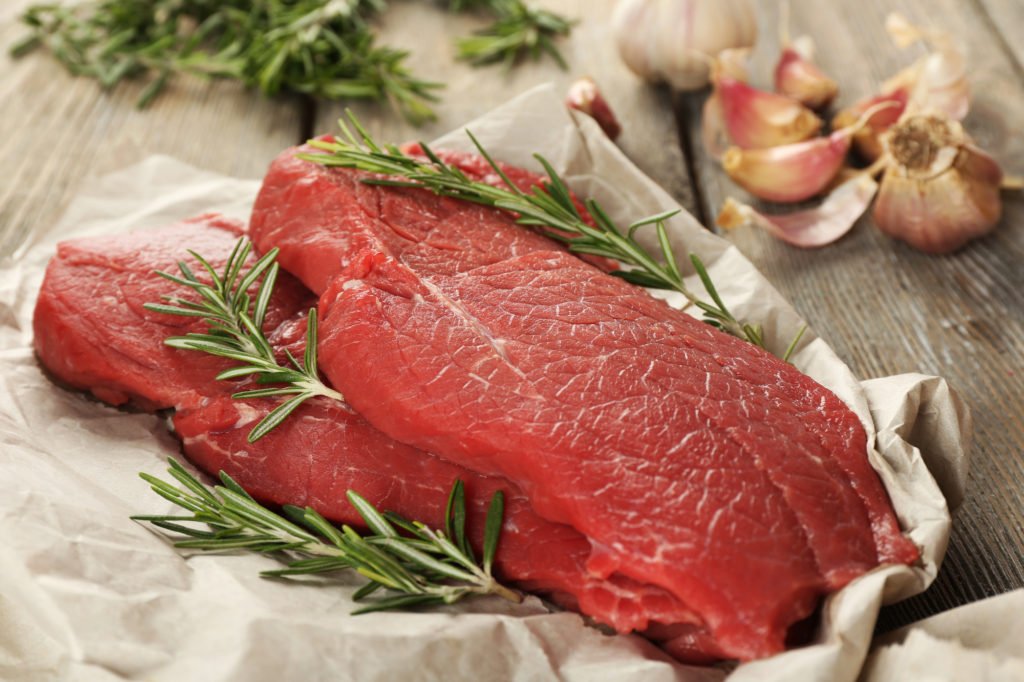
Organ Meat: While normal red meat from muscles is rich in iron, organ meat, especially the liver, has the highest iron concentration getting up to 6.5mg of iron per 100gm of beef liver, double the usual red meat. Organ meats are also high in protein, vitamin A, B, copper, and selenium. My favorite dish when it comes to organ meat is Kerala beef liver fry. If you are not a hardcore meat lover, I would recommend you stick to red meat.
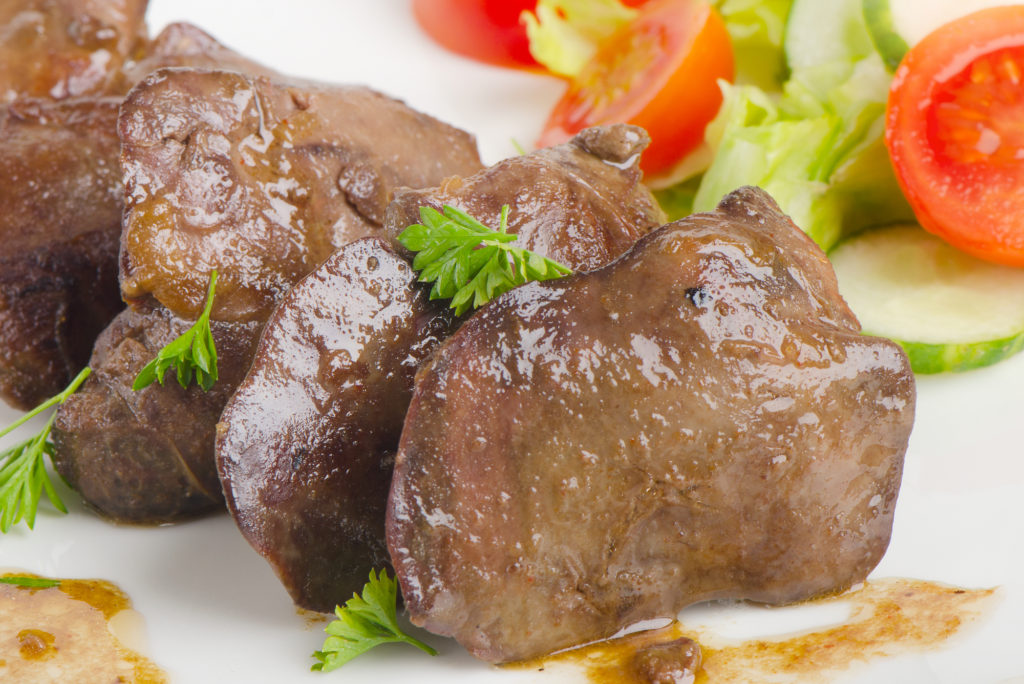
Fish and Shellfish: Fish is something that always seems to pop up in my list of nutritious food and aptly so. There are certain varieties of fish like tuna that have 1.4mg of iron per 85gm serving. They also have omega-3 fatty acids, which enhance immune functions and aids in brain growth. My favorite dishes are the tuna fish fry and tuna tomato curry. Coming to shellfish, crabs, clams, oysters, and mussels are really good sources and have around 3mg of iron per 100gm as well as a high amount of protein, vitamin C, and vitamin B12. While I have not tried many shellfish-based dishes, my favorite one till now has been my mom’s South Indian style crab curry and chargrilled lobster.
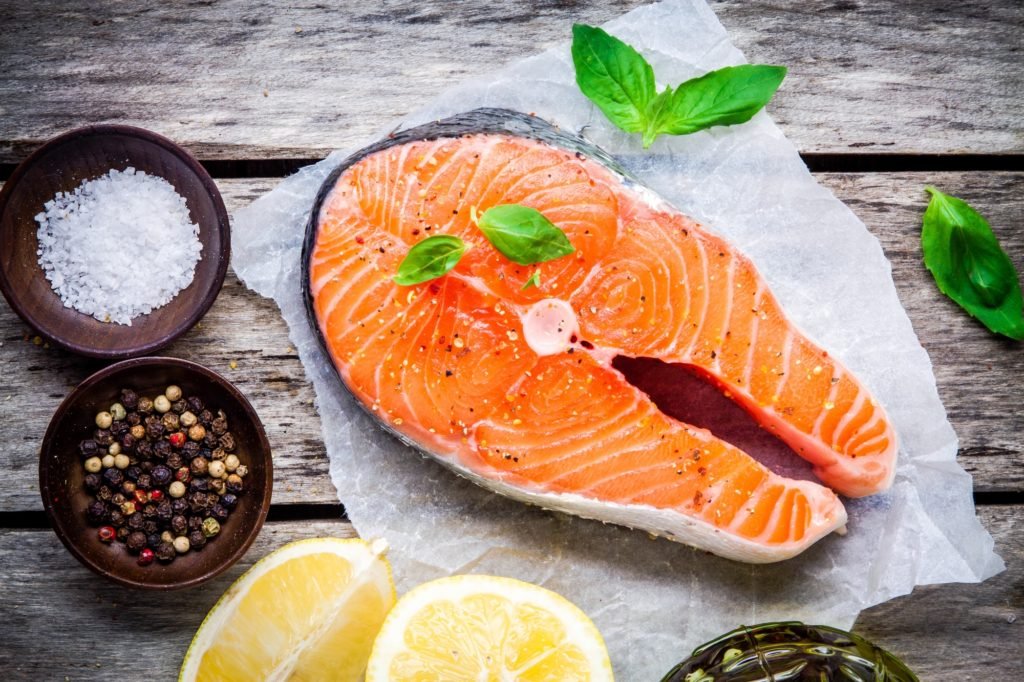
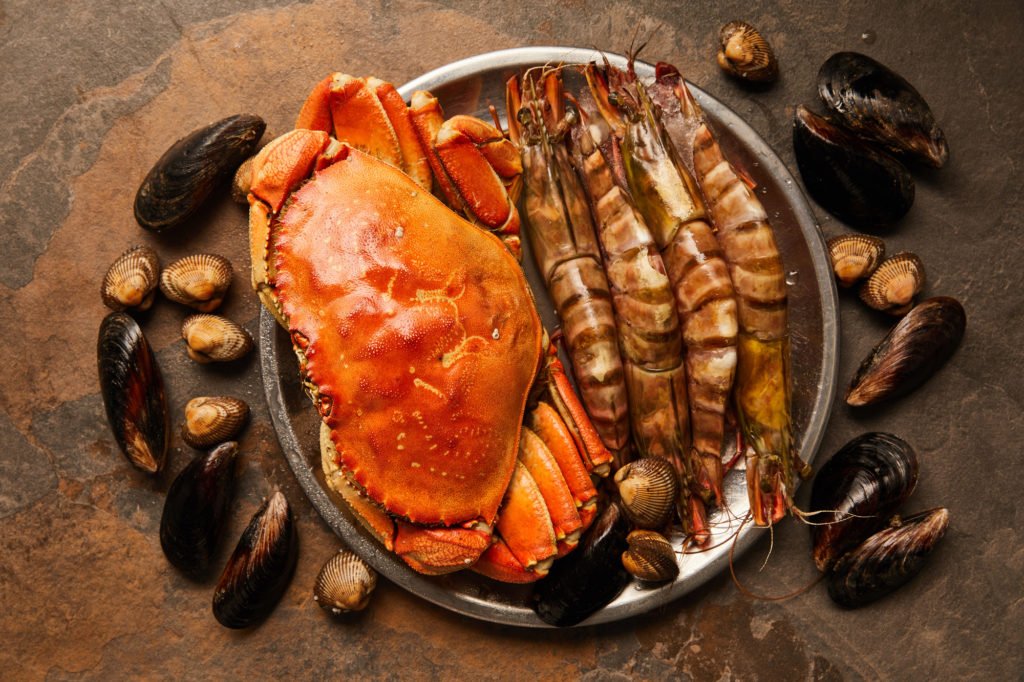
So these are some of the foods that are abundant in iron if you are looking to eat a balanced diet and live a healthy life. If you try to eat mostly whole foods, then I am sure all of the macros and micronutrient goals would be met easily. Let me know if you have any other tips for eating more balanced meals on a daily basis. I hope you enjoyed reading my post. I will see you all very soon. Until then, stay healthy!
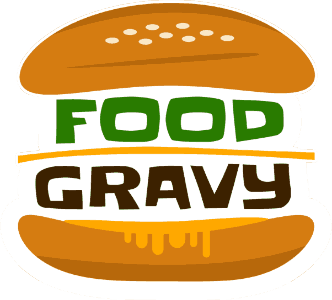





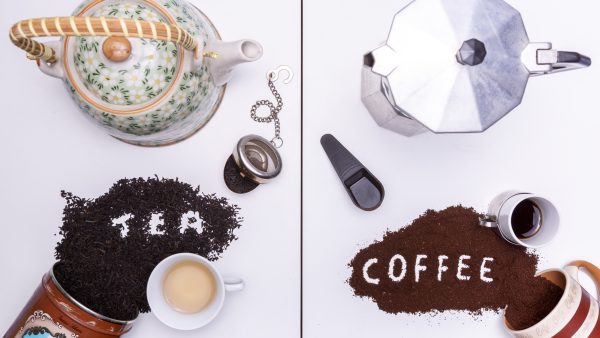

Let's discuss here - Share your thoughts and queries!